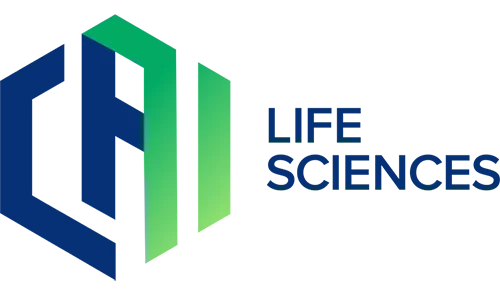From client project kick-off to ribbon cutting, a high-risk project can be controlled if quality behaviors and expectations are exercised and embraced by the Team throughout the process.

Drivers for client projects include getting drug product to more patients at a lower cost (expansion of new process trains and scale ups, for example) and launching a new therapy, among many others. Consultants that serve clients in a Quality discipline are responsible for identifying risks throughout the project while also encouraging a quality mindset throughout the lifecycle. Items that introduce risk include reactive risk management, a weak supply chain, and poor project management. Together these risks can affect the overall quality management system and ultimately, result in a high-risk project.
Everybody involved in the project plays a part in meeting quality standards so that the patient can rely on their treatment to be safe and effective. Role clarity means every person understands specifically what their part to play is. As a Quality representative on a project, whole project awareness is essential, but it is also meaningful to “stay in one’s lane”. Bottom line, if the matter doesn’t affect quality, compliance, or regulatory then trust that the relevant team members in the project will take the lead and deliver. For example, during a Change Review Board meeting, a Quality representative tries to exert guidance on how equipment should be installed and calibrated. Meanwhile, subject matter experts from the Engineering and Maintenance departments attempt to provide their expertise. In this situation, it is better to let the correct discipline speak-up on their respective action items and how the execution will proceed. If the issue could impact product quality during this discussion, that’s a more appropriate time for a Quality representative to showcase their competence.
The Quality unit should be involved at the onset of a high-risk project and should assist the team in understanding, assessing, and mitigating risks where possible. Quality representatives are well-suited for the task at hand through experience, knowledge, and professional development. Collaboration and harmony with the other departments is the rule not the exception. There should not be a collision but rather a collaboration – Quality mindset should be embraced by everyone, especially when the end goal is the same for the Team – meeting patient needs.
Often, as projects progress, bad habits and unrealistic expectations can gradually set in. Sometimes, these aren’t even noticed until there’s a change in leadership. For the new leader, best path forward is to set the right tone immediately upon transitioning. This includes communicating and exemplifying Quality values such as speaking up, recognitions, citing policies, procedures, guidelines, specifications, and escalating risk to understand their impact to product quality and patient safety.

Quality Risk Management
Successfully project delivery depends on identification and management of risks, especially for a high-risk project. Risk management is a crucial function in any project, particularly relating to Quality in the pharmaceutical industry. Per ICH Q9, Quality Risk Management (QRM), the two primary principles of QRM are ensuring the evaluation of risk to quality is scientifically based and linked to the protection of patients, and the level of effort, formality, and documentation of QRM is commensurate with the level of risk.
Assessments of and Controls on risk shall be identified at all stages of the project. Per ICH Q9, the assessment should address questions like what might go wrong, what is the likelihood (probability) it will go wrong, and what are the consequences (severity)? Together you can perform a scoring that multiplies detectability with severity and likelihood to understand the overall risk and if mitigations are necessary to contain it. In addition, ICH Q9 identifies controls by understanding what an acceptable level of risk is, what can be done to reduce or eliminate risk, what is the appropriate balance among benefits, risks, and resources, and finally determining what new risk may be introduced because of the identified risks being controlled. Emphasis shall be placed on a proactive approach instead of a reactive approach when it comes to risk.
About the Author:

Lana Caperton, Quality Specialist – QCR CoP
Serving as Quality Assurance Lead on Project Diamond, Lana has served a multitude of client needs including areas in Manufacturing, Clinical, Validation, and Engineering. With a certification in Project Management (PMI), she maintains proposals and budgets for awarded work, while continuously engaging the client in follow-on projects within Quality. A fellow Longhorn (Hook Em’) alumni, Lana graduated from UT Austin in 2015 with a Bachelor’s of Science and Arts, and began her industry career with Regeneron Pharmaceuticals in Rensselaer, NY as an Upstream Biotech Production Specialist. She returned to Texas for the warmer weather and joined an Institutional Review Board as a Quality Control Specialist. She finally found her groove with CAI, serving as a Validation Specialist and eventually leading projects in Quality Assurance. She lives in Fort Worth, Texas with her cat, Pacino.
